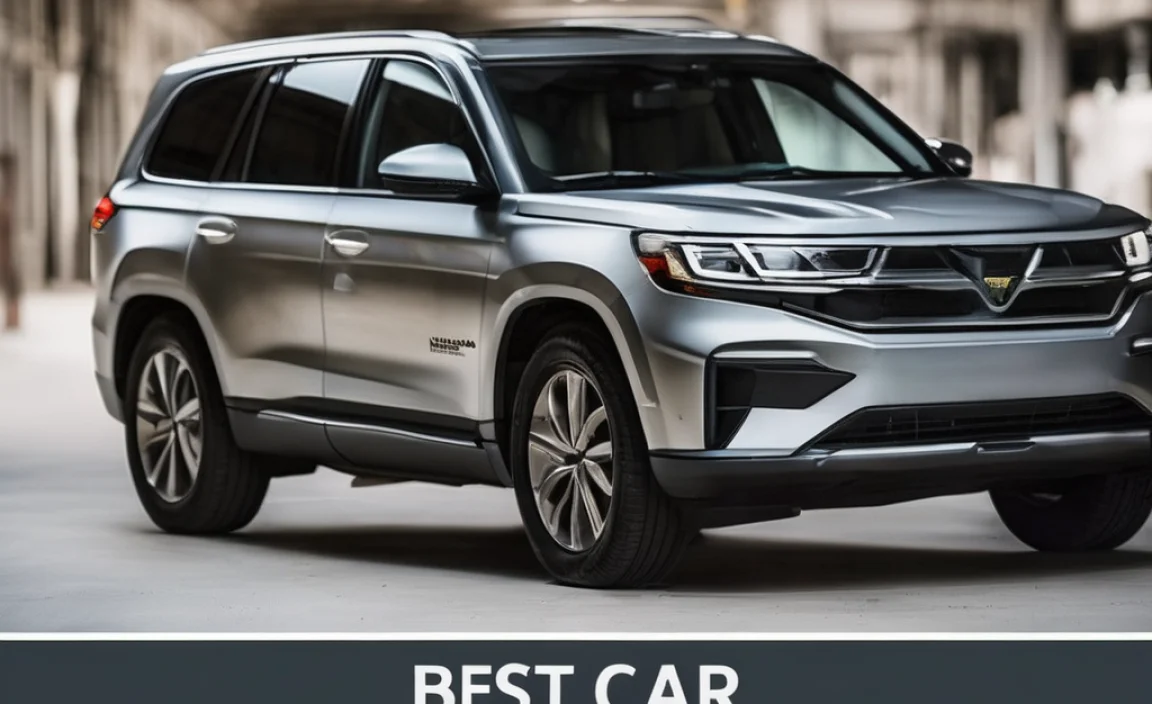Who makes batteries for Tesla? It’s a question that sparks curiosity among consumers, investors, and automotive enthusiasts alike. Tesla’s innovative electric vehicles (EVs) are powered by cutting-edge battery technology, and understanding the origin of these crucial components offers a fascinating glimpse into the complex supply chain of the world’s leading EV manufacturer. While the exact relationships and manufacturing agreements can be intricate and often proprietary, a clear picture emerges of key players contributing to Tesla’s battery needs, ranging from exclusive, high-volume suppliers to more diversified and potentially affordable options.
For a significant portion of its history and current production, who makes batteries for Tesla often points to Panasonic. This Japanese electronics giant has been a long-standing and pivotal partner, instrumental in the early development and mass production of Tesla’s battery cells. Panasonic’s expertise in battery chemistry and manufacturing has been critical to Tesla’s rise. They have been a primary supplier for Tesla’s Gigafactory in Nevada, a sprawling facility dedicated to battery production. The partnership has been symbiotic, with Panasonic benefiting from Tesla’s massive demand and technological advancements, while Tesla has relied on Panasonic’s established manufacturing prowess and commitment to quality. This exclusive and deeply integrated relationship has been a cornerstone of Tesla’s strategy, ensuring a consistent and high-quality supply of the energy cells that power their vehicles.
However, the automotive landscape is dynamic, and to meet ever-increasing production targets and explore cost efficiencies, Tesla has diversified its battery sourcing. This brings us to other significant entities contributing to the answer of who makes batteries for Tesla. LG Energy Solution (LGES) and CATL (Contemporary Amperex Technology Co., Limited) are two other major players that have become increasingly important. LGES, a South Korean battery giant, has been supplying Tesla with its prismatic battery cells, particularly for models manufactured in China and potentially for some North American production. CATL, a dominant force in the global battery market based in China, is another crucial supplier, especially for Tesla’s vehicles produced in the Shanghai Gigafactory. CATL’s involvement is particularly noteworthy for its contribution to affordability. Their widespread manufacturing capabilities and focus on LFP (lithium iron phosphate) battery chemistries, which are generally less expensive than nickel-based chemistries, allow Tesla to offer more budget-friendly versions of its popular models, such as the Model 3 and Model Y.
The strategic importance of CATL’s involvement cannot be overstated when considering the question of who makes batteries for Tesla with an eye on accessibility. By incorporating LFP batteries, which are more robust, longer-lasting, and require fewer expensive raw materials like cobalt and nickel, Tesla can significantly reduce the cost of its vehicles. This makes electric mobility accessible to a broader consumer base, a key objective for both Tesla and the global push towards electrification. CATL’s vast production scale and competitive pricing in the LFP segment have been instrumental in enabling Tesla to achieve these cost reductions without compromising too heavily on performance for standard-range vehicles.
Beyond these primary suppliers, the narrative of who makes batteries for Tesla also involves Tesla’s own in-house development and manufacturing efforts. The company has been investing heavily in its battery research and development, with a clear ambition to control more of its battery production. Their “4680 battery” cell, a larger, more powerful, and potentially more cost-effective design, is a testament to this ambition. While the full-scale production of 4680 cells is still ramping up and faces its own set of manufacturing challenges, the effort signifies Tesla’s long-term vision to reduce its reliance on external suppliers and gain greater control over battery costs and innovation. This internal development is crucial for future advancements and potentially for further driving down expenses, making the “affordable” aspect of Tesla’s battery ecosystem a future reality driven by their own engineering prowess.
The evolution of Tesla’s battery supply chain demonstrates a sophisticated understanding of global manufacturing, market dynamics, and strategic partnerships. From the foundational exclusive relationship with Panasonic, which provided the initial engineering and scaling, to embracing the broad manufacturing might and cost advantages offered by LG Energy Solution and CATL, Tesla has crafted a multi-faceted approach. This strategy ensures not only a steady supply of batteries for its expanding global footprint but also the crucial ability to offer more affordable EV options. As Tesla continues to push the boundaries of battery technology and explore in-house production, the answer to who makes batteries for Tesla will undoubtedly continue to evolve, promising an exciting future for both the company and the electric vehicle industry as a whole.


